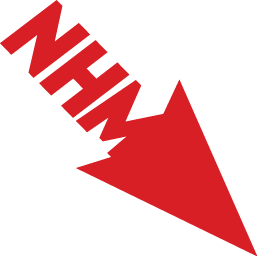“The last thing that is wanted for us right now is for us to unify. And that’s what we’re doing here. We are unifying and we are joining force. They do everything they can to stop that. They’ve taken children from women. They’ve abused us. They’ve killed us. They’ve murdered us. They’ve taken everything they possibly could from us, and yet we’re still here.”
This video interview was recorded during the first Alliance of Earth, Sky and Water Protectors Summit at the Lummi Nation Stommish Grounds, May 27-29, 2022.
Liv Bigtree (Oneida) grew up on the Onondaga Nation where she learned about her culture and traditions. Based in the Onondaga Nation and Mohawk Nation territories, she is an artist, whose work is about her connection to her culture and identity. Taking inspiration from her favorite Indigenous artist and mentor Wendy Red Star, her work often brings awareness to issues that face Indigenous peoples. By using mediums such as performance art and sculpture, she hopes to educate others in a way that westernized education does not. Outside of her art, Olivia continues to advocate for her people by attending protest marches and learning from her elders.
